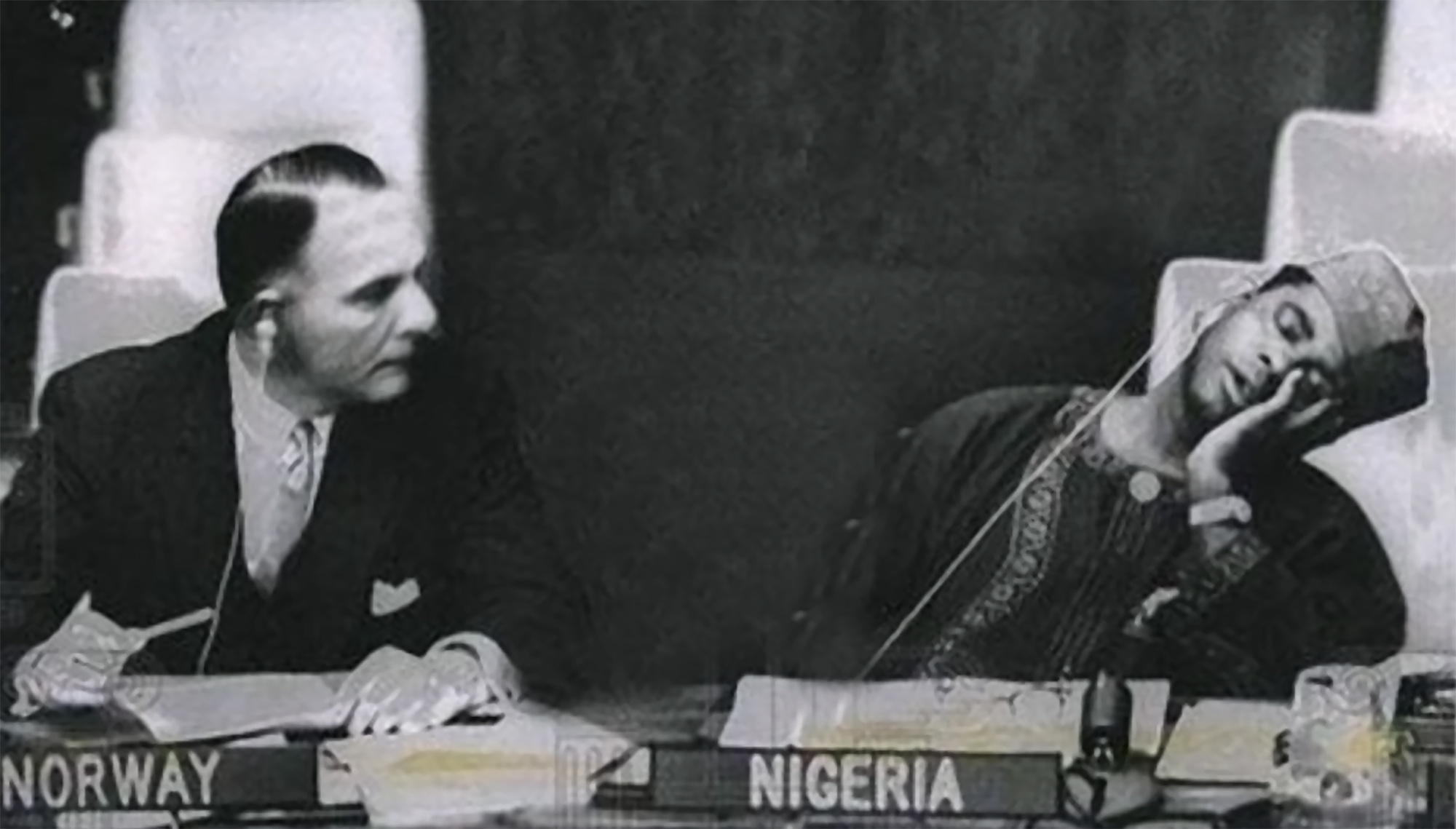Who are the islands of the end of the world?

The name of the Txagos Archipelago is commonly known by crossword fans, and by very few more. If you mention the largest of these islands, Diego García, we would be a little more what we have said: the fame – not sweet – that has achieved the US military base that is there, among other things, for being the “black hole” of the Islamist chiquillos after those of 11 September. The body of Osama bin Laden will not be far from the sea, for example, as it is far from anywhere in the world.
The conversation about the continent to which the island of Diego García belonged was usual in the past; Asia (because Maldives is 1,225 kilometres away; and the continent itself, in India, 1,775 kilometres), or Africa (because Seychelles is 1,775 kilometres away; and the continent, in Somalia, 2,850). The “correct” answer, of course, was that of North America, because the base Americans (over 3,000) live there only a few representatives of the British who would officially be “owners” of the island.
That was not the case, however, 70 years ago. Then, the chagosts lived on the islands of Txagos, which belonged to the British Indian Ocean Territory. They were few, a couple thousand, but they were from there, in addition, from the old generations. They talked about the Txagos creole and lived on subsistence farming and fishing.
Well, in the 1960s, the English colonial authority collected and deported all those people without exception. Thousands of kilometres were exiled: To the Mauritius and Seychelles and to the African continent. Animals, dogs and other animals were slaughtered on site. The islands had to be "empty" to put them in the hands of the United States, so that they could build their own base. It remains there after 50 years.
The deportees and their descendants have already exercised their powers in the only possible area: the courts. First in the British, then in the international and finally in the United Nations. They have been given the right everywhere and they have been given the right to go home. But it was in vain.
The last cry of the occupants is to “return” the sovereignty of the Chagos Islands to Mauritius, more than 2,000 kilometres away…, in compliance with the Treaty of Paris of 1814 (yes, the end of the war of Napoleon), but leaving the right of the chagosts to the opinion of the Mauritian. And look at the Chagos Islands, giving away the Islands to the century-old occupants. Therefore, the Chagostarras will remain in exile and base in the Diego García, which will be occupied.
Because there's bleeding. In the time of the Cold War, for some reasons, for the reasons of the time of the “War on Terror”, and now for the Indo Pacific Strategy, that base at the end of the world is worth a lot.
Andeetako Altiplanoan, qocha deituriko aintzirak sortzen hasi dira inken antzinako teknikak erabilita, aldaketa klimatikoari eta sikateei aurre egiteko. Ura “erein eta uztatzea” esaten diote: ura lurrean infiltratzen da eta horrek bizia ekartzen dio inguruari. Peruko... [+]
I just saw a series from another sad detective. All the plots take place on a remote island in Scotland. You know how these fictions work: many dead, ordinary people but not so many, and the dark green landscape. This time it reminded me of a trip I made to the Scottish... [+]
In 2017, Indonesia and the Netherlands signed an agreement to return the heritage stolen by the European country because of colonialism for three centuries. The Indonesian responsible for the return process, Gusti Agung Wesaka Puja, explained that this agreement "was important in... [+]
The Centre Tricontinental has described the historical resistance of the Congolese in the dossier The Congolese Fight for Their Own Wealth (the Congolese people struggle for their wealth) (July 2024, No. 77). During the colonialism, the panic among the peasants by the Force... [+]
New York, 1960. At a UN meeting, Nigeria’s Foreign Minister and UN ambassador Jaja Wachucu slept. Nigeria had just achieved independence on 1 October. Therefore, Wachuku became the first UN representative in Nigeria and had just taken office.
In contradiction to the... [+]
Washington (EE.UU. ), 1807. The US Constitution banned transatlantic slave trade. This does not mean that slavery has been abolished, but that the main source of the slaves has been interrupted. Thus, slave women became the only way to “produce” new slaves.
So in 1845, in... [+]
It is no coincidence that Columbus Day, that of the Civil Guard and the Virgen del Pilar coincided on that date. The three represent oppressive structures (statue, army and church). On the other hand, there is indigenous resistance and population that the Spanish State... [+]





















